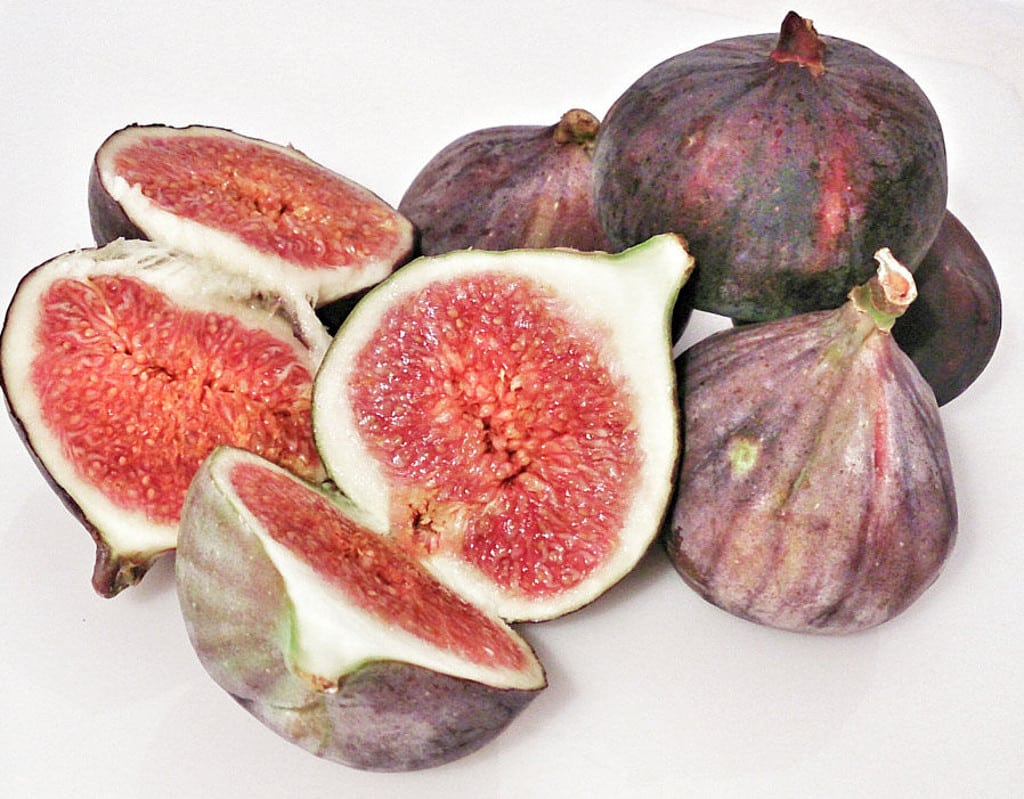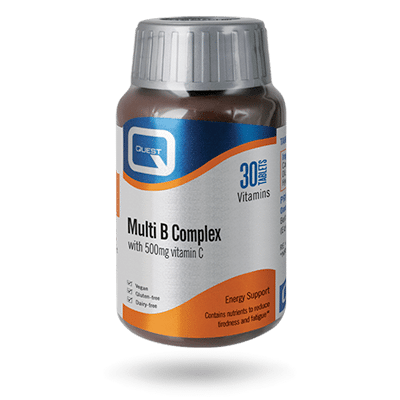ACNE in adulthood is common, but spots could be a sign you’re consuming excess sugar. Here are the other tell-tale signs in your face that you need to cut down.
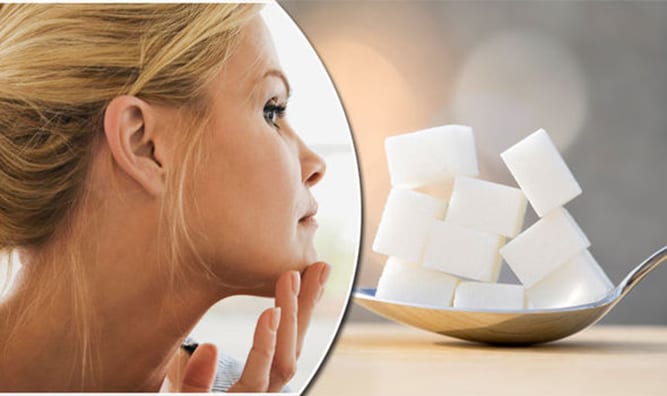
Excess sugar: The truth is in your complexion
The majority of adults in the UK consume too much sugar, according to the NHS.
More specifically, we should be eating no more than 30g of “free sugars” a day.
It’s the sugar added into sweets, cakes and biscuits, and hidden in items such as soy sauce and many ready meals.
Additionally, it’s high in honey, syrups and fruit juice.
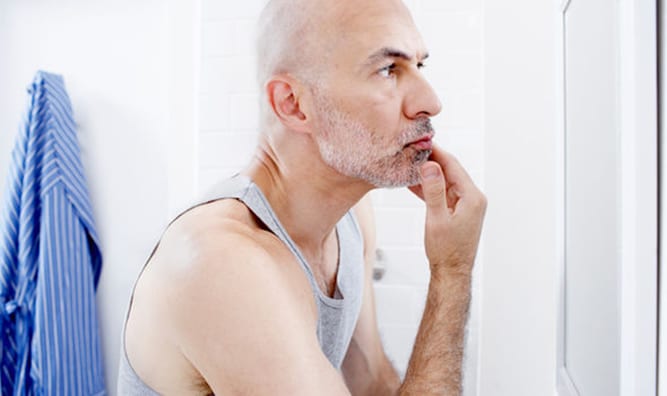
Complexion: It can cause wrinkles, spots and redness
Excess sugar can do more than affect your waistline and health – it can wreak havoc on your face too.
But it doesn’t include the natural sugar present in milk, fresh fruit, and vegetables.
Groups such as Action on Sugar and scientists at Newcastle University have warned how high sugar intake can contribute to obesity, chronic disease, and tooth decay.
However, excess sugar can do more than affect your waistline and health – it can wreak havoc on your face too.
For example, drinking a sugary fizzy drink every day for three weeks can boost inflammation by 87 per cent, according to a study published in The American Journal of Clinical Nutrition, which would have a significant effect on your complexion.
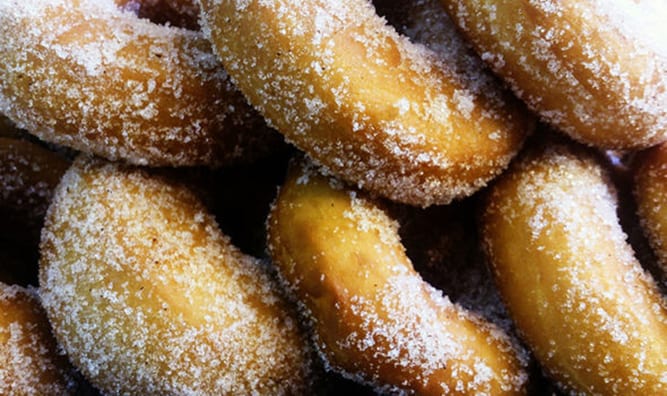
Doughnuts: They contain added “free sugars”
This is how you can tell from your complexion whether you’ve got a sweet tooth.
Wrinkles
Glycation is the process where the sugar in your bloodstream bonds onto proteins in the body.
The more sugar we eat, the more advanced glycation end products (AGEs) we produce.
Since collagen – what keeps our skin plump and firm – is the body’s most prevalent protein, it will be affected most and can result in saggy, loose facial skin.
As well as cutting down on sugar, supplement with vitamins B1 and B6 (Quest Multi B Complex, superfooduk.com) as they are strong AGE inhibitors.
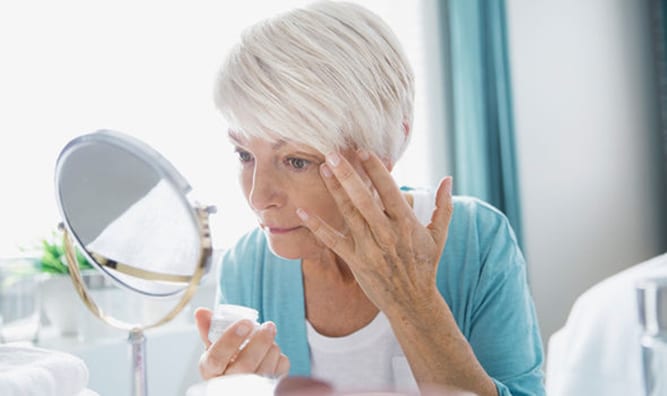
Official guidelines: You should consume no more than 30g sugar per day
Redness and Rosacea
The process of glycation can also exacerbate other skin problems, such as redness, rosacea and acne.
Research published in the Journal of the American Academy of Dermatology found that foods with a higher glycemic index were more likely to trigger breakouts.
This is because sugar triggers the pancreas to produce more insulin, which in turn increases the hormones that stimulate sebum production.
Dull, dark and dehydrated
Hangovers often tends to bring on a dull complexion, due to severely dehydrated skin.
Sugar has the same effect on your complexion by depleting all the water in your cells, causing a tired complexion and dark under-eye circles.
Ready to quit?
Dr Harold Lancer, dermatologist to Kim Kardashian and Beyonce among other famous faces, believes that people will see changes as quickly as within 72 to 96 hours.
However, if you struggle to go for more than three hours without sugar, try an appetite suppressant aid, such as Slissie (slissie.co.uk), to help you through withdrawal symptoms.

